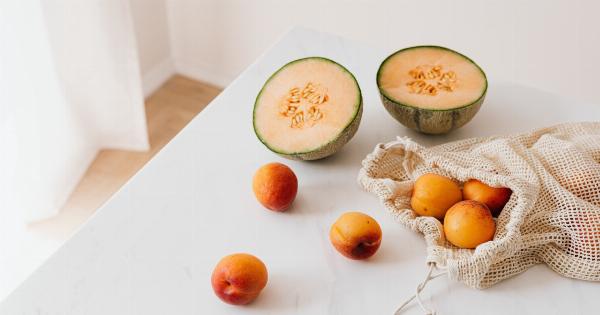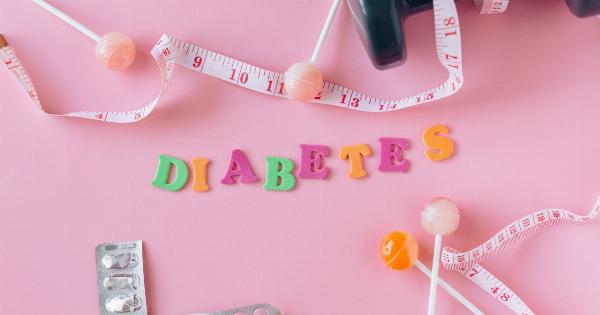Having high cholesterol levels can increase your risk of developing heart disease and other cardiovascular conditions. While medication can help manage cholesterol levels, making simple dietary swaps can also have a significant impact.
By choosing healthier food options and being mindful of your diet, you can lower cholesterol naturally. Here are ten simple dietary swaps that can help you reduce your cholesterol levels:.
1. Swap Saturated Fats for Healthy Fats
Saturated fats, typically found in animal products and processed foods, can raise cholesterol levels. To lower your saturated fat intake, replace them with healthy fats such as monounsaturated fats and polyunsaturated fats.
Good sources of these fats include avocados, nuts, seeds, olive oil, and fatty fish like salmon.
2. Choose Whole Grains Over Refined Grains
Refined grains like white bread, white rice, and pasta have had their bran and germ removed, stripping them of their nutrients and fiber. Instead, opt for whole grains like whole wheat bread, brown rice, and oats.
Whole grains are rich in fiber, which can help reduce cholesterol levels.
3. Increase Soluble Fiber Intake
Soluble fiber helps lower cholesterol levels by binding to cholesterol in the digestive system and preventing it from being absorbed into the bloodstream. Foods rich in soluble fiber include fruits, vegetables, legumes, and whole grains.
4. Replace Red Meat with Lean Proteins
Red meat, especially fatty cuts, is high in saturated fats and cholesterol. Swap out red meat with lean protein sources like skinless poultry, fish, beans, lentils, tofu, and low-fat dairy products.
These alternatives provide essential nutrients without the added cholesterol.
5. Opt for Low-Fat Dairy Products
Full-fat dairy products like whole milk, cheese, and butter contain high levels of saturated fats.
Choose low-fat or fat-free versions such as skim milk, reduced-fat cheese, and low-fat yogurt which can still provide calcium and other essential nutrients, but with less cholesterol.
6. Use Healthy Oils for Cooking
Instead of using oils high in saturated fats like palm oil or coconut oil, opt for healthier alternatives. Use olive oil, canola oil, or avocado oil for cooking. These oils are lower in saturated fats and can help decrease cholesterol levels.
7. Snack on Nuts and Seeds
Instead of reaching for unhealthy snacks filled with trans fats, opt for a handful of nuts or seeds. Almonds, walnuts, flaxseeds, and chia seeds are excellent choices.
These snacks are rich in healthy fats and can contribute to lower cholesterol levels when consumed in moderation.
8. Include Omega-3 Fatty Acids in Your Diet
Omega-3 fatty acids are known to have heart-healthy benefits and can help lower cholesterol levels. Incorporate foods rich in omega-3s such as fatty fish (salmon, mackerel, sardines), chia seeds, flaxseeds, and walnuts into your diet.
9. Reduce Processed and Packaged Foods
Processed and packaged foods often contain high levels of trans fats, added sugars, and refined carbohydrates, which can raise cholesterol levels.
Limit your consumption of these foods by cooking fresh meals at home and choosing whole, unprocessed ingredients.
10. Be Mindful of Portion Sizes
Even when eating healthy foods, portion control plays a crucial role in managing cholesterol levels. Overeating can lead to weight gain, which in turn can increase cholesterol levels.
Be mindful of proper portion sizes to maintain a healthy weight and cholesterol levels.
Conclusion
Lowering cholesterol levels is within your control, and simple dietary swaps can make a significant difference.
By choosing healthier fats, increasing fiber intake, opting for lean proteins, and being mindful of portion sizes, you can reduce your risk of heart disease and improve your overall health. Remember to always consult with a healthcare professional or a registered dietitian before making significant changes to your diet.






























